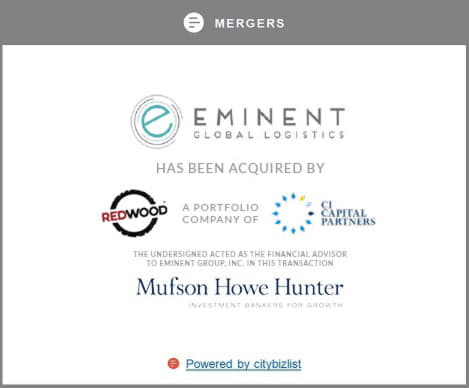When it comes to analyzing bank stocks, few metrics are as important as the efficiency ratio, which reflects the percentage of a bank's net revenue that's consumed by operating expenses. But while most banks struggle to get their efficiency ratios below 60%, PNC Financial (NYSE:PNC) turned in a ratio of 52.5% last year, ranking it first in its peer group.
Listen in to the following segment of Industry Focus: Financials, as The Motley Fool's Gaby Lapera and contributor John Maxfield discuss PNC Financial's industry-leading efficiency ratio, as well as its two primary profitability metrics.
A full transcript follows the video.
This video was recorded on April 3, 2017.
Gaby Lapera: The reason we're talking about PNC Bank is because we talked about how great U.S. Bancorp's efficiency ratio is, and PNC Bank has an even better one.
John Maxfield: Yeah. If you think about it, when you're analyzing banks as an investor, there's a couple of statistics that are really central that you're going to want to check first. Efficiency ratio is one of those. We talked about it last week, the efficiency ratio tells you the percentage of net revenue that is being consumed by operating expenses. Most banks want to get around 60%, that's what most are targeting right now. But PNC's efficiency ratio is 52.5%. So, what does that mean? The average bank in its peer group has a 62% efficiency ratio. What that means is that 10% more of PNC's revenue is available to pay taxes, cover loan-loss provisions, and to drop to the bottom line. So it has an enormous advantage right out of the chute.
Lapera: Definitely. And the things that make up the efficiency ratio are expenses and assets.
Maxfield: Expenses and revenue, rather.
Lapera: Expenses and revenue, sorry. Not assets. Thank you. What I was going to say is, PNC has the highest revenue as a percent of asset. PNC does have the highest revenue as a percent of assets in its class, and it's over 1%, which is great. That's generally what you want to see in banks, anything over 1% is gravy. Most banks are not there yet.
Maxfield: I think we mixed up some numbers. Their revenue as a percent of assets is 4.92%, which is the highest in its peer group, and its peer group are the really large, too-big-to-fail banks, JPMorgan Chase,Citigroup,Bank of America,Wells Fargo, plus other large regional banks. So that's the largest with one exception, and that is Capital One. The reason that Capital One's revenue is so high as a percentage of assets is because a very large portion of its loan portfolio consists of credit card loans, and those yield, as everybody knows, a lot more than, say, a home mortgage does. So its revenue as a percent of assets is the top in its peer group. But then, if you translate that over into profitability, that's where that 1.1% return on assets is. When you're talking about profitability for banks, there's two measures that you want to look at: your return on assets and your return on equity. Return on assets is basically your unlevered profitability. Your return on equity is your levered profitability. Here's the interesting thing about PNC, and this is one of the reasons that it doesn't pop up a lot when investors are looking for the top-performing banks -- it's because their return on common equity last year was 8.58%. When you're looking for a 10% return on equity, you think, that's actually meaningfully below that standard industry benchmark that you want to see. But the reason that it's below, as we see with its good return on assets, is just because it's not very levered, which means it's a very safe bank that's still earning a lot of money if you look at it on a levered basis.
Lapera: Yes. And in my defense, 4.92% is above 1%. [laughs]
Maxfield: [laughs] Absolutely.









